What every physician should know about polycystic ovary syndrome
September 2008
in “Dermatologic therapy”
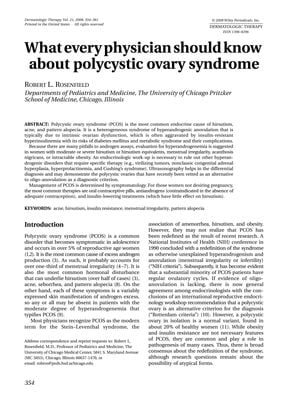
TLDR Doctors should know how to diagnose and treat PCOS, which often involves checking for high male hormone levels and using medications to manage symptoms.
Polycystic ovary syndrome (PCOS) is identified as the most prevalent endocrine disorder leading to hirsutism, acne, and pattern alopecia, primarily caused by ovarian dysfunction and often exacerbated by insulin resistance. The document recommends evaluating for hyperandrogenemia in women presenting with significant hirsutism, menstrual irregularities, acanthosis nigricans, or severe obesity, while also conducting thorough endocrinologic assessments to exclude other hyperandrogenic conditions. Ultrasonography is useful for differential diagnosis and may reveal polycystic ovaries, which have been recognized as a diagnostic criterion alongside oligo-anovulation. Treatment options for PCOS vary based on the patient's desire for pregnancy, with common non-pregnancy-focused therapies including oral contraceptives, antiandrogens, and insulin-lowering medications, although the latter has minimal impact on hirsutism.
View this study on onlinelibrary.wiley.com →
Cited in this study

research A Prospective Study of the Prevalence of Nonclassical Congenital Adrenal Hyperplasia among Women Presenting with Hyperandrogenic Symptoms and Signs
About 2.2% of women with symptoms of high male hormones have a mild form of congenital adrenal hyperplasia, and measuring a specific hormone level can accurately diagnose it.
research Metformin improves polycystic ovary syndrome symptoms irrespective of pre-treatment insulin resistance
Metformin helps with PCOS symptoms no matter the patient's initial insulin resistance or weight.
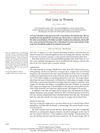
research Hair Loss in Women
Over one-third of women experience hair loss, with female-pattern hair loss being most common, and treatments include minoxidil and possibly hair transplantation.
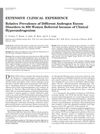
research Relative Prevalence of Different Androgen Excess Disorders in 950 Women Referred because of Clinical Hyperandrogenism
Most women referred for excess male hormone symptoms had polycystic ovary syndrome (PCOS), with other conditions being less common.
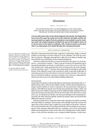
research Hirsutism
The document likely offers guidance on treating a woman's excessive hair growth, considering her symptoms and obesity.
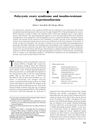
research Polycystic ovary syndrome and insulin-resistant hyperinsulinemia
Insulin resistance contributes to hormone imbalances in many women with polycystic ovary syndrome.
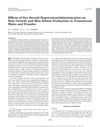
research Effects of Sex Steroid Deprivation/Administration on Hair Growth and Skin Sebum Production in Transsexual Males and Females
Hormone treatments in transsexual individuals reduce hair growth and oil production in male-to-females and increase them in female-to-males.
Related
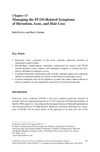
research Managing the PCOS-Related Symptoms of Hirsutism, Acne, and Hair Loss
Birth control pills and anti-androgen medications help manage hair growth, acne, and hair loss in women with PCOS.
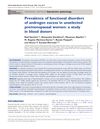
research Prevalence of functional disorders of androgen excess in unselected premenopausal women: a study in blood donors
Many young women who donate blood have hormonal disorders like excess male hormones and PCOS.
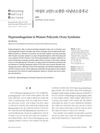
research Hyperandrogenism in Women: Polycystic Ovary Syndrome
The document concludes that more research is needed to create suitable diagnostic criteria and understand PCOS in Korean women, and genetics may allow for personalized treatment.

research Polycystic ovary syndrome and acne.
Women with PCOS often have acne because of high androgen levels, and the article reviewed how to treat this type of acne.